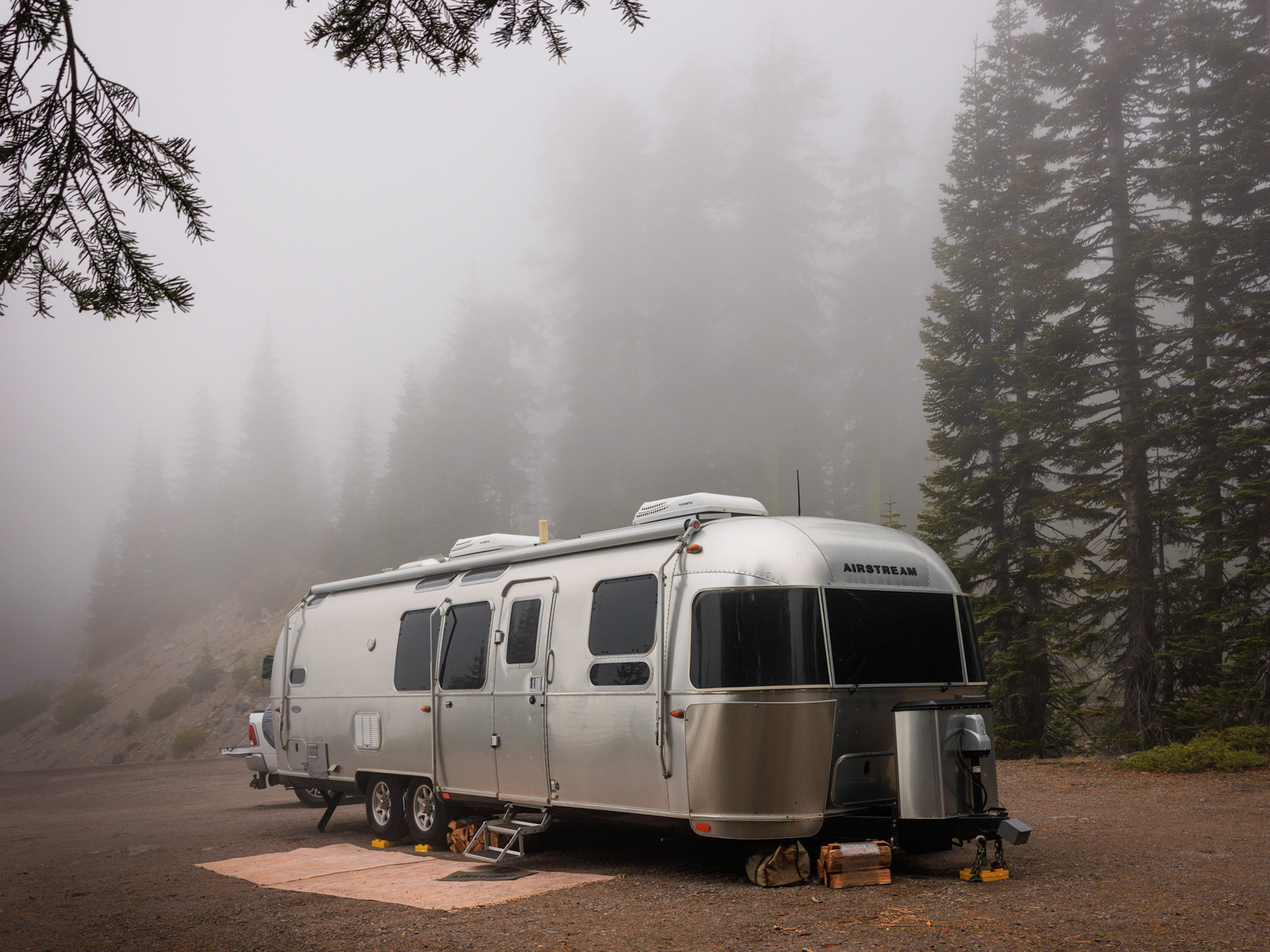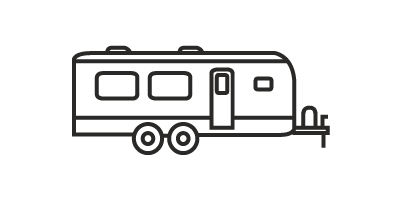What Do You Want To Power?
The biggest consideration for any solar project starts with what you want to power. Before any solar investment, you need to take inventory of every appliance and device you plan to use while RVing. Think laptops, hairdryers, TVs, blenders, coffee makers, and convection ovens. And don’t forget to include all the 12 volt appliances as well, including your RV’s refrigerator, lights, furnace, and water pump. Once you have a list of everything that will require power, find the output wattage for each item. You can usually find this printed on the bottom or back of the appliance, or in the owner’s manual. If the output wattage is not listed, you can calculate it by using the formula volts x amps = output wattage.

Your next step is to determine roughly how many hours per day you plan to use that appliance or device, as well as how many days per week. Do this for every appliance so you can calculate the total number of watts you will use per week. The chart below offers an example of how you can calculate watts for all powered devices and appliances in your RV.

Two things to note: Your individual appliances may differ in watts or you may have additional items not included in this example chart, so be sure and check your own output wattages. The max daily watt usage listed above assumes that you will be utilizing all appliances simultaneously, but this number is likely lower since items like the furnace and fans would not be used at the same time.
Pro Tip: When calculating usage for things like lights or fans, it’s best to assume that these will be on all day and at max speed. While you may not use these items in this way, it will help provide some buffer so you don’t underestimate your wattage.

Where Will You Use Solar Power?
The next consideration for solar power is where you plan to camp. Will you spend a lot of time in wide open spaces that have direct sunlight, or will you be in heavily forested areas that offer more shade? If you plan to mount solar panels to your RV’s roof, just remember that your sunlight exposure may be limited if you park in shade or under a covering. Another option is to invest in smaller, portable solar panels that you can move throughout the day, but you’ll need a space to store them while they are not being used.

When Will You Use Solar Power?
Pay close attention to temperatures and how many hours of daylight your campsite receives, including both during the summer and winter seasons. This will not only help inform where you’ll place your solar panels but also how much power you’ll need. If you plan to camp in colder climates, you might use your furnace more than normal. And the same goes for warm climates with your ceiling fans and air conditioning. It takes a lot of solar power to run an air conditioner for extended periods of time, so it might be worth comparing the cost of a solar set-up to that of an RV park with hookups or a large generator.

Why Do You Want To Use Solar Power?
Many RVers think they need big, complicated solar systems, especially if they have large rigs. But it actually might be a lot simpler than you think. It’s more important to consider how you like to camp and for how long. If you predominantly stay at RV parks and campgrounds with full hookups, and only occasionally boondock, then a portable solar system might be your best option. This can help supplement your power, without being completely reliant on it. This is also a great way to test your power needs before doing a full solar upgrade. And if you prefer to do a lot of off-grid camping and like being gone for days at a time, then consider how often you plan to take these types of trips. Again, a full solar upgrade might not be the best option if you only plan to boondock once or twice a year.
How Will You Use Solar Power?
Do you want unrestrained power or will you utilize it frugally? Will you run multiple devices simultaneously or only a few at a time? If you want to use all your items without accounting for your consumption, then you will likely need to add a large buffer to your RV power consumption chart and get a larger solar package. But, if you’re frugal and prefer to heavily monitor your power usage, then you’re better off starting smaller and adding more power as needed. Figuring out how closely you want to monitor your power is also important when deciding on an inverter to transform stored energy in your batteries to usable power.

Now What?
Now that you’ve figured out what, when, where, why, and how to use solar power, the final step is to find the right solar system size. There are solar sizing calculators online to help you get started and give you an idea of how much solar you’ll actually need. Once you have a size in mind, we recommend visiting a dealer or battery manufacturer so you can select the right panels, batteries, inverters, monitoring systems, and charger controllers. Dealers and manufacturers are an excellent resource if you need help finding a reliable solar installer or if you plan to install the system yourself.
By considering each of these questions, hopefully you have the information needed to design the right sized solar setup, save money and ensure that you are well-powered for all of your RV camping adventures.













